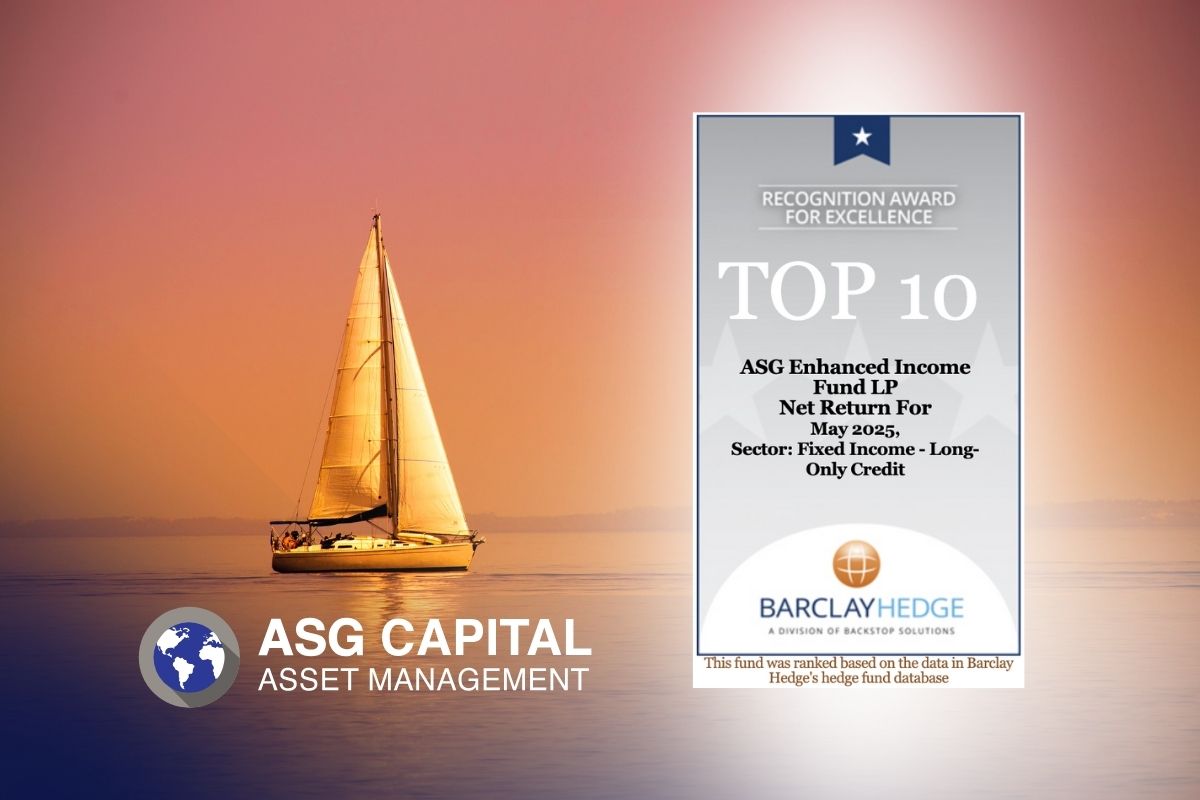End of 2024, we outlined our projections for U.S. interest rate changes for 2025. We put forward the strong probability the trend of declining short-term rates initiated that year would continue, while pointing to a more volatile environment for long term rates.
Six months on, this situation is very much on the cards, still. However, the macro and financial backdrop is shifting indicating the ‘narrative’ of the last few quarters may change moving forward as events unfold. In turn, this could impact future U.S. interest rate trajectories.
U.S. Short-Term Rates
In 2024, the U.S. Central Bank indicated Fed. Fund rates would be adjusted progressively based on incoming economic data. A continuation of their ‘higher for longer policy’ put in place to address the inflation spike two years earlier.
To justify maintaining this policy stance, residual ‘sticky’ inflation was being branded as the narrative of the day. (A focus on just one narrative above all others, excluding the possibility of disinflationary or deflationary outcomes from the likely economic slowdown ahead of us).
Since, political pressure has been mounting from the White House for the Federal Reserve (“the Fed.”) to lower rates now rather than wait for ‘data’ to confirm what had already happened months before. If the Fed. is right not to heed to such pressures, they cannot stand idly by waiting for the ‘right’ data to confirm a change in policy action.
It is probable the Fed’s ‘narrative’ in the coming weeks could change pre-emptively. With expectations of slowing economic activity tilting the balance of probabilities for lower rather than higher inflation, a ‘new’ more neutral ‘narrative’ could be defended along the lines of that put forward by their counterparts at the European Central Bank.
Without sounding too dovish or seen to cave into ‘Trump’ pressure, a change in the Fed’s narrative could be a prelude to future policy adjustments in a few months. A dignified way out. If, in the meantime, data came to support more reasonable inflation projections in line with their 2% target, then maintaining Fed. Funds over 4.25% would clearly no longer be justified.
U.S. Long-Term Rates
Rates from 5 years out (long-term rates) are more ‘market’ dependent than monetary policy dependent.
These are carried by natural supply and demand dynamics based on real macroeconomic expectations.
On the supply side, the U.S. Federal Government has massive amounts of debt to refinance in 2025 and onwards. The possibility a significant part of this issuance could be rolled out over 5- to 30-year maturities remains wishful thinking for the time being. The investor capacity to absorb such a supply just is not there right now.
The possibility of an issuance overhang remains a spectre that could spook the Treasury market at any time. Until the Fed. moves away from their Quantitative Tightening policy to a proactive approach of smoothing out any potential auction tantrums, market worry is likely to maintain volatility high for long dated U.S. rates.
To add to this, supply from other competing long term government bonds in Japan and Germany now comes on the heels of these U.S. Treasuries.
On the demand side, inflation expectations over the medium term contribute to the risk premium for long term bonds. Private investors are seeking sufficient compensation to cover this risk, requiring stronger yield protection. In other words, higher long-term rates.
Current inflationary expectations are based on a present-day narrative: ‘stagflation’ along the lines of the 1970s. Digging into the weeds, it is difficult to square the idea of such a stagflationary environment for 2025. The 70s were very different times in terms of levels of public and private debt, the organisation of the financial system, world demographics and international supply chains.
How could private sector borrow to fuel this ‘new’ stagflation paradigm when household balance sheets are constrained by existing outstanding debt, for example? It is more probable consumers will be tapped out by projected rising prices leading to a fall in their capacity to consume. This could bring with it deflation from a lack of demand instead of inflation or stagflation.
Here again, the focus is on one ‘narrative’: stagflation, when a real possibility of an alternative outcome exists. If ever the current narrative were to change to a 2010s style environment for example, long term rates would likely have to be adjusted to the downside.
There remains however the possibility stagflation could rear its ugly head at some point in time in the medium term. In a scenario where fiscal and monetary authorities would seek to ‘juice up’ the economy along the lines of the 2020/21 for example, then long term treasury volatility could go back to reach extreme levels once again.
In sum, with short term rates coming down in a ‘more’ disciplined way, long term rates may, on the other hand, remain a volatile place to invest, even if they were also to follow the same downward trend.



